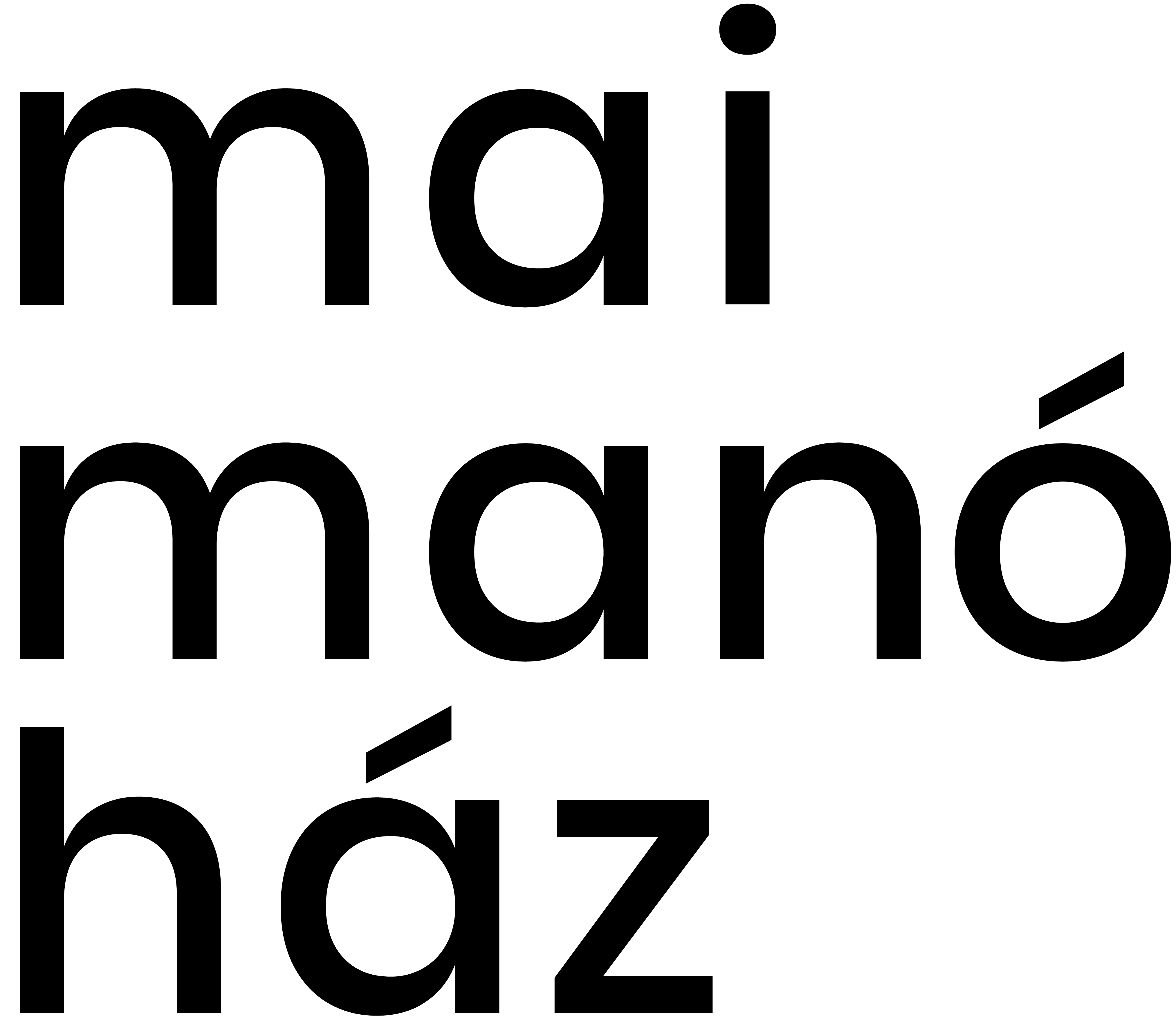Manó 100 – The 100th anniversary of the death of Manó Mai
Open to the public:
2017. 07. 13. – 2017. 09. 03.
weekdays 2 pm – 7 pm
weekends 11 am – 7 pm
closed on public holidays
The exhibition is free to visit.
Curator: Károly Kincses, photo museologist
Manó Mai, imperial and royal court photographer (1855–1917)
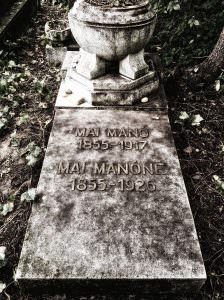
A professional photographer and photography writer, in his time, Manó Mai was one of the best in children photography, but he was not a photo artist. He was granted the title imperial and royal court photographer in 1885. He initiated the establishment of the National Association of Hungarian Photographers and founded and edited the periodical A Fény [The Light] (the publication was launched in 1906, and still holds an unsurpassed quality standard in professional press). He was considered a leading authority in photography in his day, respected by rival studio photographers as well. Not least he left behind the unparalleled studio building at 20 Nagymező Street.
His grandfather was József May, his grandmother Rozália Reisz. His father, Dr. Henrik Mai (Buda, 1809–1906) was a teacher of philosophy and an M.D. His mother was Klára Eliás (c. 1832–1867). Following her death, Manó Mai dropped out of the 4th grade of secondary school and began his apprentice at Péter Kalmár photographer on Andrássy Avenue. Since around 1873 till 1878, they had a studio together as Kalmár és Mai [Kalmár and Mai] in downtown Budapest. When this studio opened, he barely turned eighteen, which was – and still today is – unusual. Later he was an apprentice at Borsos és Koller [Borsos and Koller] Borsos was a Biedermeier painter turned photographer, while Károly Koller was a professor, a renowned master who had a lot of knowledge to offer. Manó later embarked on a trip to Europe: after earning his secondary school diploma through prívate studies, he worked at the studio of Leopold Bude in Graz. Upon his return home, he once again worked a Koller’s studio as a lab assístant.
Over the mere eight years of studying and practicíng the craft, Manó Mai became an independent photographer in 1878. On the corner of Vilmos császár Street (now Bajcsy-Zsilinszky Street) and Andrássy Avenue, he and his assistants worked at a small studio house, built on an empty lot, until 1882, when they had to leave due to the construction of the so-called Saxlehner apothecary. His name appeared in the studíos of the Lipótváros church bazaar on Nagykorona Street. It originally belonged to Ágoston Bülch, until, in 1879, Manó Mai took it over and began to operate it with his partner, together with the studio at no.4 on the Avenue. This latter atelier is referred to as Mai és Társa utóda Békei Hermin (Mai and Partner succeeded by Hermin Békei] in later descriptions. In 1885, he had three or four apprentices.
Presumably, he undertook the management of the Vienna studio with Ede Mertens from the money he acquired during expropriation. The studio operated across from the opera house at I. Opering, Heinrichsof, with with the entrance at 42 Karnhnerstrasse. The studio belonged to Dr. József Székely before; now they ran it as Mertens, Mai es Társa (Mertens, Mai&Co). This company probably did not operate for too long, although they had advertised a lot of services on their very elegant verso. For example, platinum and gum prints, even from old prints. Coloring could be ordered separately. One of them added the honorable mention of ‘photographer of the Persian Shah to the titles of imperial and royal court photographer’. They listed themselves as experts in children photography; something that probably was brought along by Manó Mai. They agreed to retain the old negatives by Dr. Székely for re-ordering.
He primarily took studio portraits of the upper middle class, the aristocracy, but he also left behind early photojournalistic images. In 1885, he was the founding member of the Association of Young Photographers for Support and Self-Training, which was the advocacy group of apprentices and assistants. He did not forget about the masters and initiated the establishment of the National Association of Hungarian Photographers. Within the framework of this organization, he developed his photo education program, which was accepted by the management but, for some unknown reason, was not implemented. In 1896, he was elected president of the Association of Photographers, which was the true recognition and appreciation of the profession.

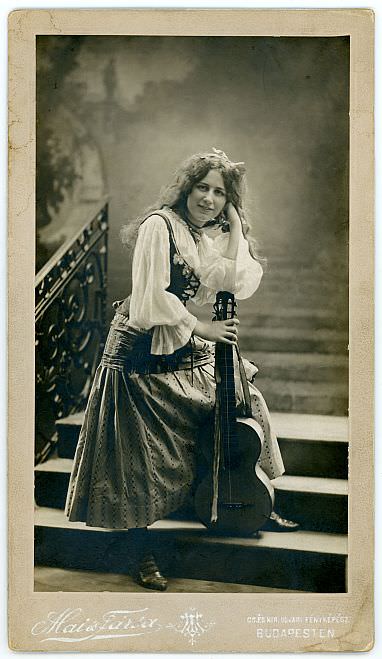
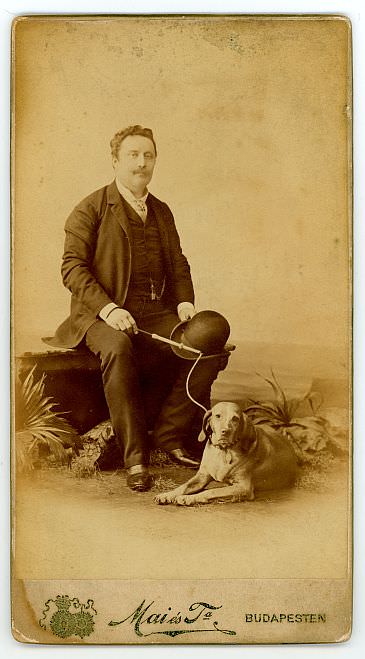
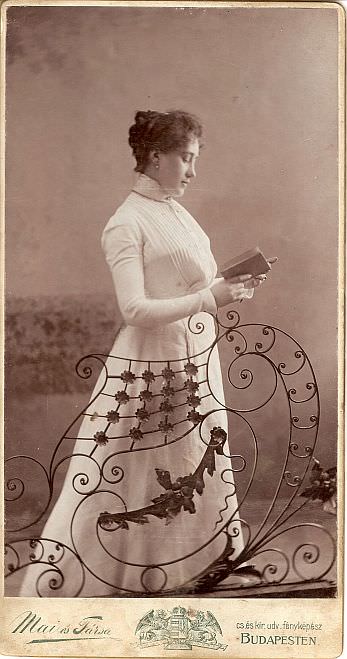
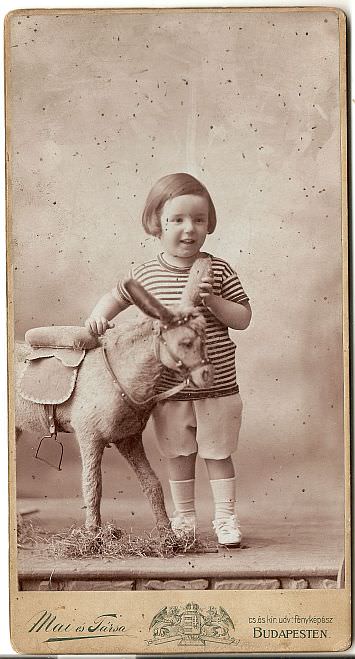
In 1894, he built his studio at 20 Nagymező Street, opposite the Somossy Orfeum [Orpheum]. He continued to work at his earlier studio as well for years: at 14 Váci Avenue, across from Andrássy Avenue, he first operated under the name Mai es Társa [Mai and Partner] and then as Mai es Szigeti [Mai and Szigeti] with Jakab Szigeti. The partnership later ended but the name Mai and Partner remained.
To perfect his skills, Mai traveled in Germany, Italy, and France. His distinctions later filled his verso. For his professional writing, he was awarded by the Wiener Photographische Gesellschaft, won a silver medal in Székesfehérvár in 1879, in Trieste in 1882. In 1885, his child portraits earned him great appreciation at the National Exhibition in Budapest. While he was on the jury of the Millennium Exhibition, he himself received a royal recognition and a silver medal. His photographs earned him the gold medal at the Exposition Universelle of 1900. In brief, he achived what a photographer could achieve in his time. He died in 1917, and his studio was taken over by Hugo Weisz, who was forced to flee from Arad after Trianon; Weisz could not repeat his predecessor’s performance.
